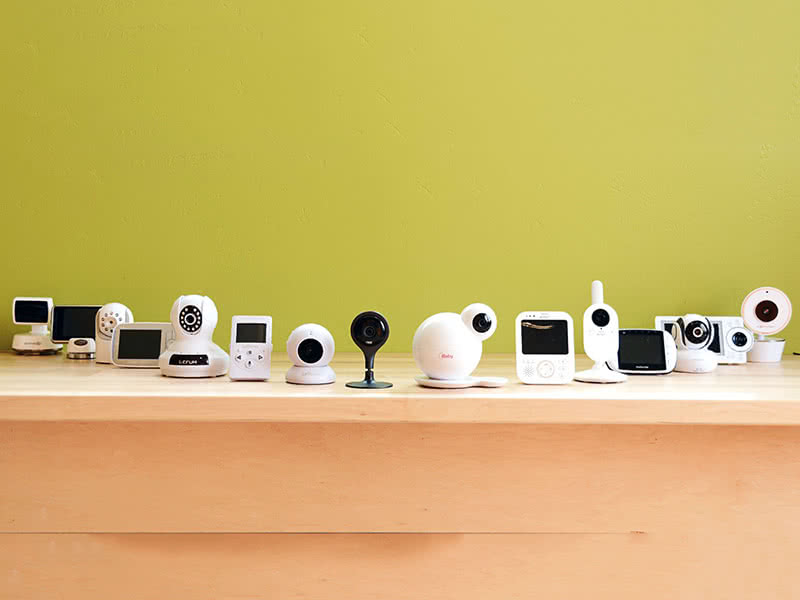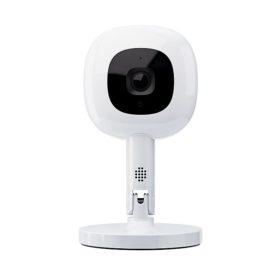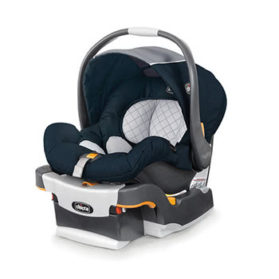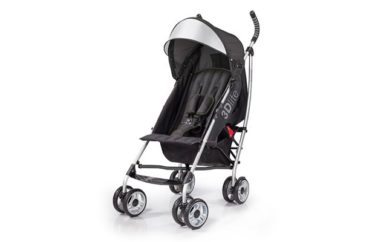How can you find the best video monitor for your home?
If you’re buying a baby monitor but new to the world of baby monitors, you might be surprised to see how many options are at your disposal. But that’s why we created the baby monitor buying guide, to help you figure out: radio frequency or WiFi? Audio and video, or also a heartbeat and oxygen tracker? Separate, standalone device or an app on your phone?
While some options are essential for a baby monitor to be practical and useful in your daily life, others are just unnecessary gimmicks that you could do without. And some manufacturers will play on the worries and insecurities of well-meaning parents to bump up their prices.
To help clear the noise, we dive right in with our ultimate baby monitor buying guide.
Once you understand the pros and cons of the different options, head over to our list of the best baby monitors of the year to find the one that’s right for you.
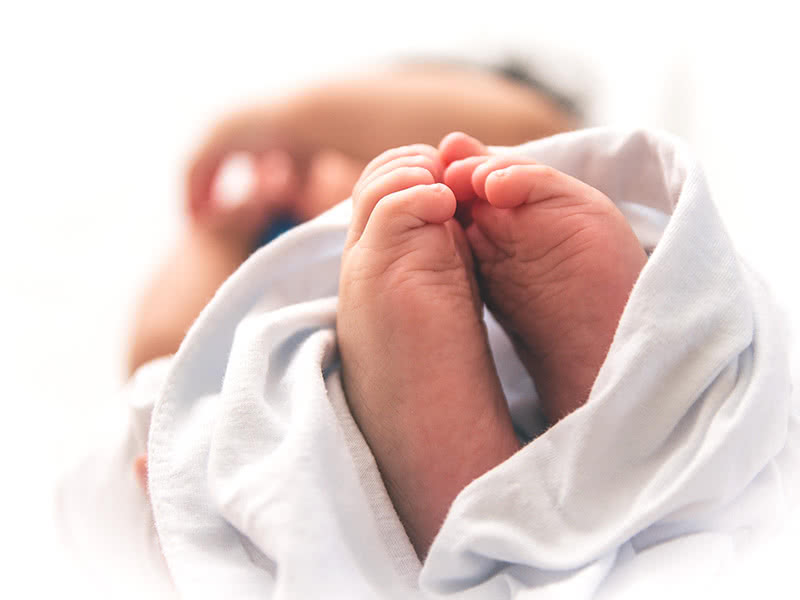
What is a Baby Monitor?
A baby monitor is a device used by parents to remotely listen, watch and monitor their baby. It is comprised of a transmitter baby unit (usually a camera equipped with a microphone placed near your child) and a receiver parent unit. In a nutshell, the baby unit transmits sounds, video and data by radio waves or WiFi connection to the parent receiver.
Helpful Note
In a nutshell, a baby monitor enables you to check on your baby without having to be present in their bedroom and risk waking them up. You can walk around your house or even outside and be instantly alerted if your child makes a sound or is unwell.
Baby monitors have come a long way from the basic audio models that were used in the ‘40s. The first monitors were created as baby walkie-talkies. But most monitors today can stream a live video feed, tell you what the room temperature is in your nursery, play lullabies to your baby and much more (see additional features below).
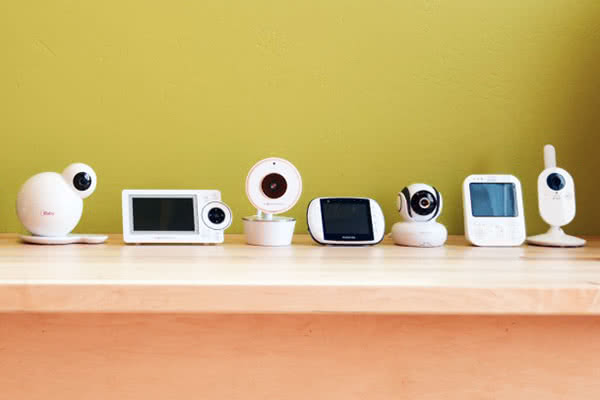
Baby Monitor Buying Guide: Do you need a Baby Monitor?
Some parents wonder if they should buy a baby monitor. How can you know if you need a monitor for your baby? See what best describes you:
- You don’t need a baby monitor if you’re living in a relatively small house and will always be within immediate hearing distance of your child.
- You do need a baby monitor if you won’t always be able to hear your child while in the house or you have been advised by a medical professional to monitor your baby.
In general, if you’re wondering if you need a baby monitor, the answer is probably yes. Parents who are using a monitor report on average that they sleep better, knowing that they will be alerted if their child wakes up or is unwell.
That said, a baby monitor will never be able to replace a parent or a guardian. Monitors can prove to be incredibly helpful in keeping an eye on your child, especially the most recent models with impressive technical capabilities. But at the end of the day, a baby monitor is just a tool. Consider it as a third pair of eyes and ears, but nothing more.
Can you use your phone as a baby monitor?
With the emergence of WiFi baby monitors, some parents are wondering if they couldn’t just repurpose one of their old smartphones as a camera in their baby’s bedroom and stream the video feed via Skype or Facetime.
While technically possible, using your mobile phone as a baby monitor is really not ideal. One of the most important features of a baby monitor is its capacity to see in the dark with infrared night vision. Your old mobile phone can probably not do that.
In addition, Skype and Facetime are not built to be used over a long period of time. The call may drop and you’ll have to run back to your baby’s bedroom to turn it back on. If that happens while you sleep, you won’t be alerted of the connection cut.
In general, we don’t advise using your mobile as a baby monitor, but if you really want to, we’ve written a handy review of the top mobile baby monitoring apps to help you do that.
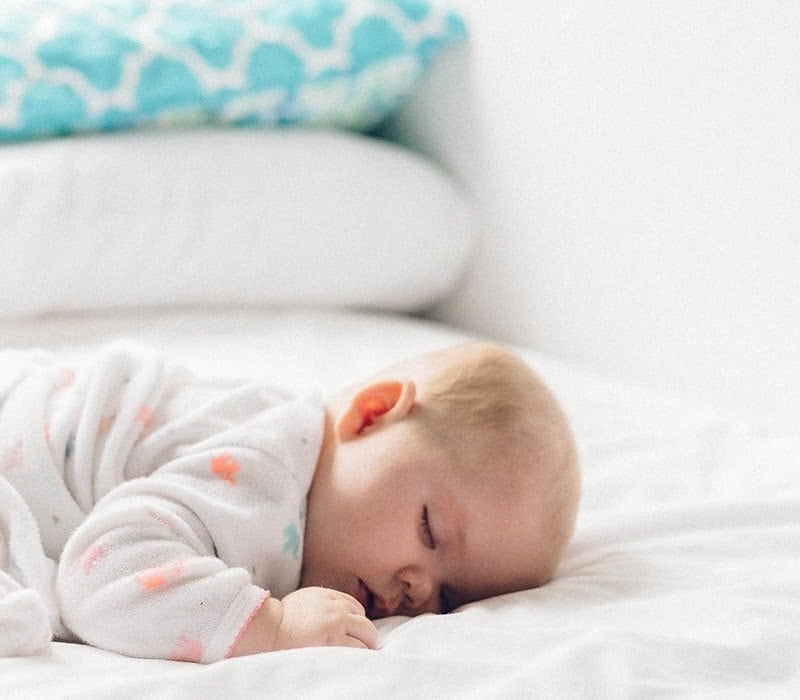
What are the different types of baby monitors?
Baby monitors come in different shapes and sizes. Some will use your phone to show the video of your baby, while others will come with a dedicated display monitor. Some use your WiFi network while others have their own radio frequency.
To summarize, here is an article summarizing the different options available today.
Audio, Video (WiFi or Non-WiFi) and Health Tracking Baby Monitors
There are 3 categories of baby monitor that you can choose from:
- Audio only baby monitors
- Audio and video baby monitors
- Health tracking baby monitors
Audio and video are the most popular models on our list. They offer plenty of useful extra features (see below) and are mature devices that benefit from several years of product improvements.
But with IoT devices gaining momentum, new health-tracking baby monitors are becoming increasingly popular. Especially with parents worried that their child might be at risk of Sudden Infant Death Syndrome (SIDS). These new tracking devices can constantly monitor your baby’s heartbeat, movement and oxygen level. They are not always accurate, so you need to make sure that the model you choose isn’t going to send you false alarms through the night.
Radio Frequency or WiFi Baby Monitor
In terms of how the baby unit will stream its video and data to the parent unit, there are 2 types of baby monitor connections available:
- Radio Frequency (RF)
- WiFi
Radio Frequency monitors have limited range and can potentially increase exposure to unhealthy electromagnetic exposure for your child (read our article on the health and safety considerations). But RF monitors also greatly reduce the risks of baby monitor hacking (read our article on privacy concerns) and come with a dedicated parent unit that makes them much more convenient to use. They can also function independently from your WiFi connection.
WiFi monitors, on the other hand, use your internet connection to stream your baby’s video to your phone. This opens the door to a lot more functionalities and monitoring options but also exposes you to potential privacy issues. It also means that you’ll need to keep your phone or tablet always on if you want to hear and see your baby. And it won’t work if your WiFi network goes down.
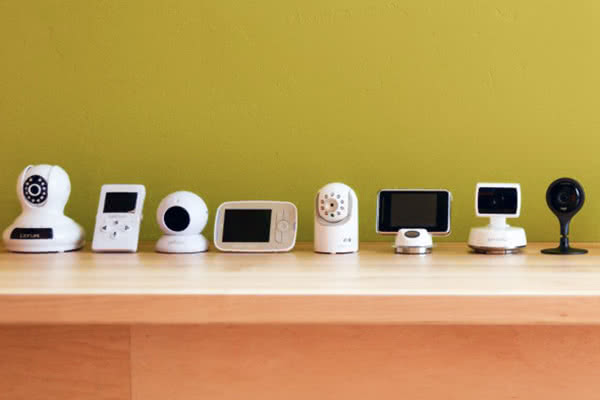
Baby Monitor Buying Guide: What are the most useful features in a baby monitor?
Baby monitors can do so much more than alert you of your baby crying nowadays. But depending on your lifestyle and the configuration of your house, you might not need a monitor that does more. To help you sort out the necessary from the useless, here are some of the features currently available on baby monitors.

Infrared Night Vision

VOX

Multiple Camera

Two-Way Talk

Play Lullabies
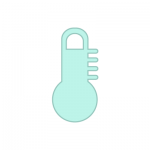
Room Temperature

Humidity

Remote Pan and Tilt

Remote Zoom

Nightlight

Video Recording & Snapshot
Not all of these options are essential, here are the features that we consider to be the most useful for a video baby monitor:
- Night vision
- Voice activation (VOX)
- Multiple camera support
- Talk-back
- Lullabies
- Room temperature
Infrared night vision is pretty much essential. All the baby monitors that made it to our top 10 list have it. Night vision will allow you to see your baby in the dark.
Voice activation will alert you whenever your child is awake. Some baby monitor manufacturers call this VOX, others have their own marketing jargon, but really it’s just a way for you to know that your child is awake without having to constantly look at the video.
Multiple camera support is great if you have more than one child in your house. With one monitor you can see the entire family. All WiFi monitors offer this option, but only the most high-end RF monitors have it.
Talk-back is very helpful when you want to soothe your baby or just let them know that you’re on your way to their bedroom.
Lullabies is another great feature to soothe your baby to sleep. The camera will play a range of songs and lullabies that you can select from your phone or parent unit.
Room temperature is important to make sure that your baby is comfortable if you’re living in a place where temperatures can vary significantly through the night.
Baby Monitor Buying Guide: Additional Notes
Beyond the features, there are few important elements to take into account when choosing your baby monitor. When reviewing and testing monitors, we score each model against these criteria to decide which monitors are the best.

Health & Safety

Privacy
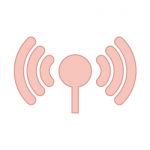
Range
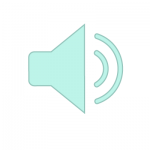
Audio Quality

Video Quality

Battery
Health and Safety is the single most important criteria to take into account when choosing your baby monitor. The device that is used to help you keep your child safe should not endanger them. There are a few things to take into account when evaluating the health and safety score of a baby monitor, but mostly it’s about making sure that your child can’t harm themselves with cables lying around their bed and reducing your baby’s exposure to electromagnetic radiations. Here is an additional article about radio waves and if they harm your baby.
Privacy and Security comes next on our list. Have you heard the horror stories of parents discovering that their baby camera had been hacked? Imagine strangers talking to your child at night while you’re asleep. If you’re opting for a WiFi baby monitor, you need to be aware of the risks and understand how to protect yourself against potential privacy intrusions. Read our guide on how to prevent baby monitor hacking to learn more.
Range is what makes a baby monitor helpful. There is absolutely no point in buying a monitor if you have to stay within hearing distance of your baby’s room at all times. All the monitors on our list give you at least 115 feet / 35 meters of actual range when used inside a house.
All the other criteria are relatively self-explanatory and we always give you specific results for each model that we test in our reviews.

Samantha is a busy mother of four, who loves finding the best products to help in raising children. She graduated from BYU in Marriage and Family Studies. When she isn’t writing or testing new products, you can find her playing board games with her kids and teaching them creative strategies.

